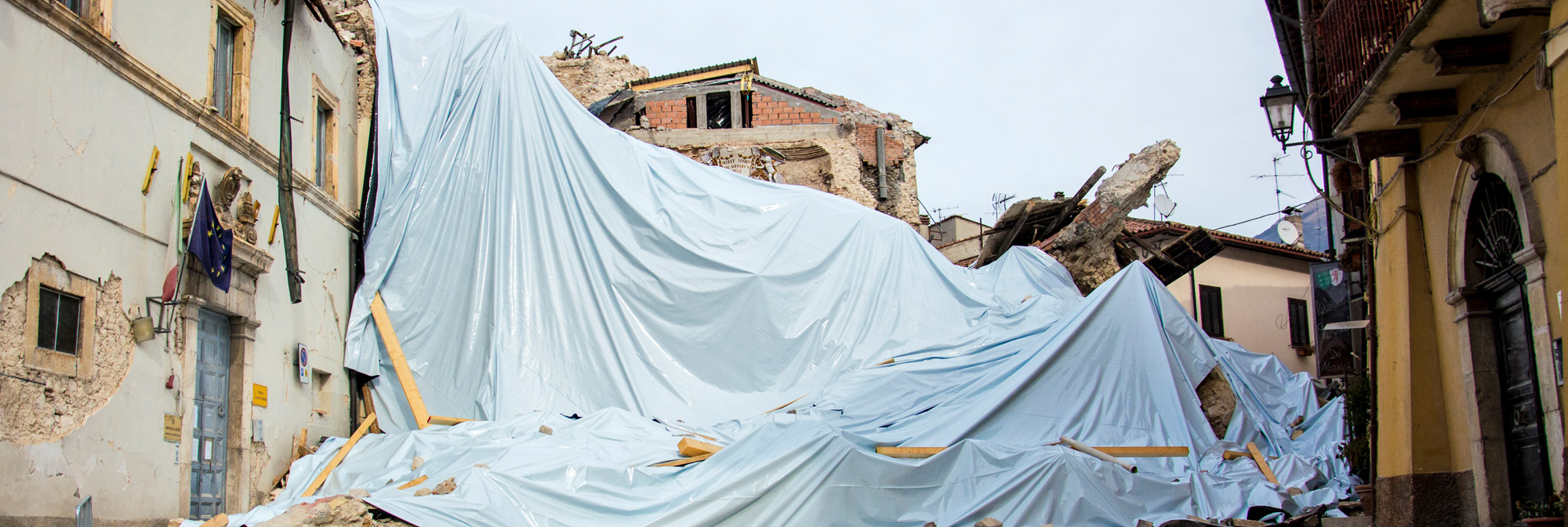BA Interior and Spatial Design at Camberwell covers a range of disciplines including architecture, art, furniture, interior and spatial practices.
Alumni from the course have progressed onto a wide range of careers. We caught up with one, Madelaine Jane Dowd. Since graduating in 2016 Madelaine has gone on to study MA Information Experience Design at the Royal College of Art. She has also co-founded Helm Innovation Ltd, a product innovation design company that takes on life-saving challenges on a macro scale through human-centered design.
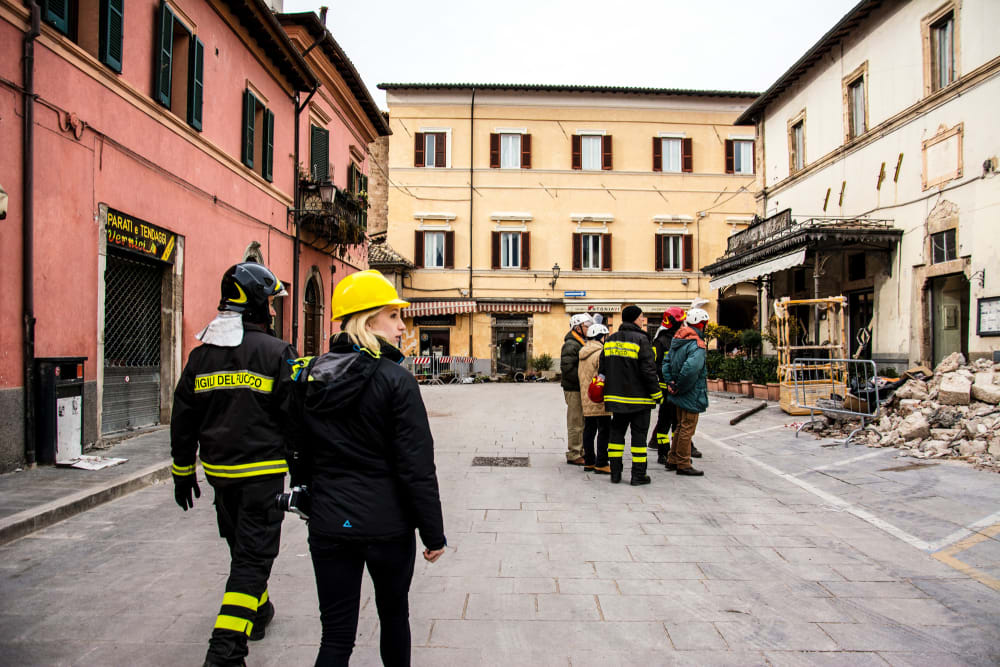
BA (Hons) Interior and Spatial Design, Camberwell College of Arts, UAL | Photograph: Madelaine Jane Dowd
How did BA Interior and Spatial Design help your practice grow?
The course promotes unconventional spatial design, which couldn’t have been further from my work experience in commercial architecture.
The tutors on the course had such a range of spatial practices from set design to designing for disasters. You really get exposed to a wide variety of knowledge from different parts of the industry.
During the course I applied to be part of a project which ended up having a huge impact on my design practice. The brief was to redesign tsunami escape routes on the coast of Kamaishi in Japan.
This project was completely life-changing for me as it offered the opportunity to work in another country with a completely different culture and approach to design.
To give some context 20,000 people died in the 2011 disaster in Japan, but a further 30,000 committed suicide in the following months. Whilst I was there, the tension between the designers providing “aid” and the very capable community “receiving aid” became hard to ignore.
I used the trip to collect first-hand information on the psychological impact of post-disaster relief to form my dissertation, which was later passed on to the President of the United Nations. This was the start of my future, as well as a huge frustration of mine that still haunts me, as the architectural project we started was never completed. I still aim to go back and finish this project. In fact, I have recently received news that this is going to be possible and am ecstatic!
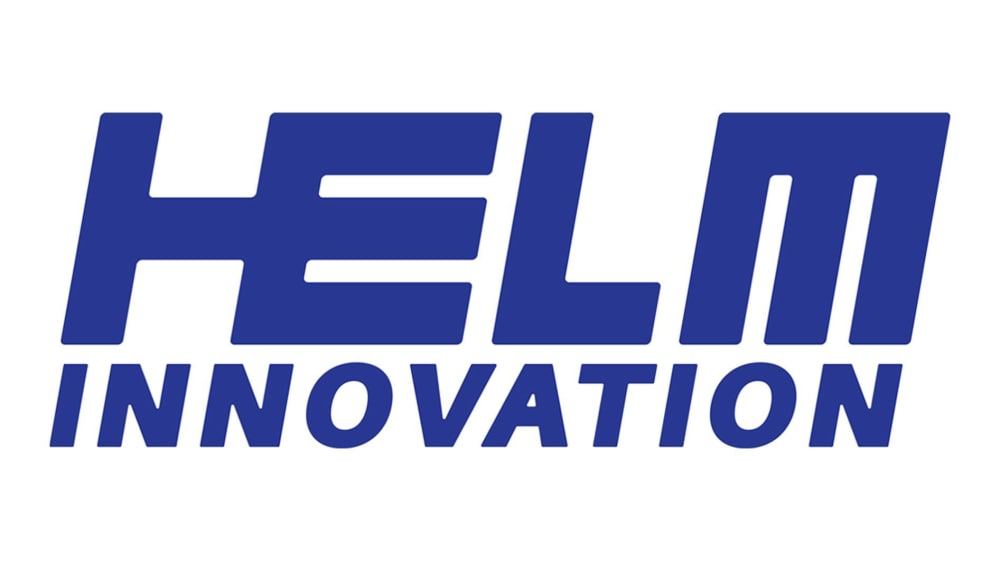
BA (Hons) Interior and Spatial Design, Camberwell College of Arts, UAL | Photograph: Madelaine Jane Dowd
Tell us about Helm Innovation and how it began?
After graduating from UAL, I had a job lined up with an architecture firm and although grateful for the opportunity, I felt a bit underwhelmed by it. I had been doing such amazing briefs at UAL, with interesting partnerships, that I knew I wouldn’t feel fulfilled doing commercial interiors.
So, I pushed back my start date and booked a flight to Italy, to research the impact of and response to the earthquakes.
Around the same time, I was approached by the course leader of MA Information Experience Design at the Royal College of Art (RCA). I was presented with an opportunity to keep on researching and I jumped at it.
Whilst at the RCA, I took every opportunity to work with anyone to do with aid and safety. For one of the projects, I worked within a team for a competition set by the RNLI (Royal National Lifeboat Institution) and Lloyds Register. The brief involved making it safer for people to embark from small pilot vessels to large ships while at sea (known in the industry as pilot transfers) - something I openly admit that I knew nothing about at the start!
Within a year, we had won 5 awards including “Most immediate lifesaving potential” and “Best innovation and business plan”.
This was when things escalated really quickly. I was asked by another team that had won awards in the same area to bring our products together to form a company. I had 2 weeks to formalise the company and figure out a business plan to present to a group of investors, Dragons Den style. It was intense! I was appointed the CEO and my Co-Founder, Marcus was appointed Head of Design. After 2 rounds of nail-biting pitching, we won!
Over a 2-year period, we worked intensively with pilots and industry professionals to understand the whole process involved in pilot transfers, including the day-to-day risks due to the dangerous conditions involved. In most cases, incidents are a result of dangerous ladders or dangerous rigging of the ladders. Helm Innovation designed and produced their Helm's Dynamic System which removes 80% of the risks involved in transfers.
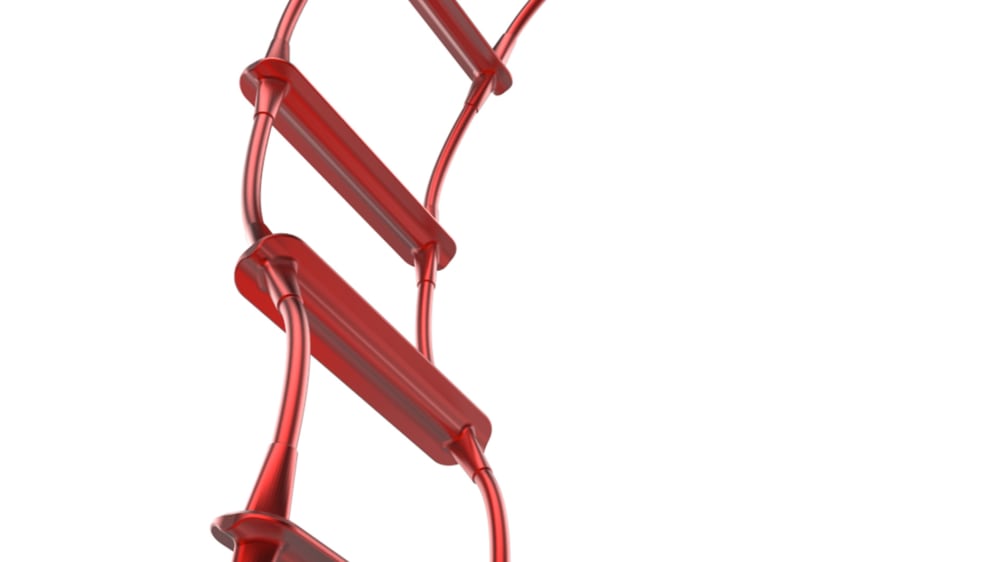
BA (Hons) Interior and Spatial Design, Camberwell College of Arts, UAL | Photograph: Madelaine Jane Dowd
What inspires you to do what you do?
The people I have met. The survivors of disasters are truly inspirational.
Designers have so much potential to change the world and impact people’s lives. I have somehow managed to form a company focused purely on doing that. I am so excited about it.
As well as this, I hope to inspire other young designers. That’s why it is always a privilege to be invited back to UAL to talk to students, as well as mentoring those bold enough to ask for help!
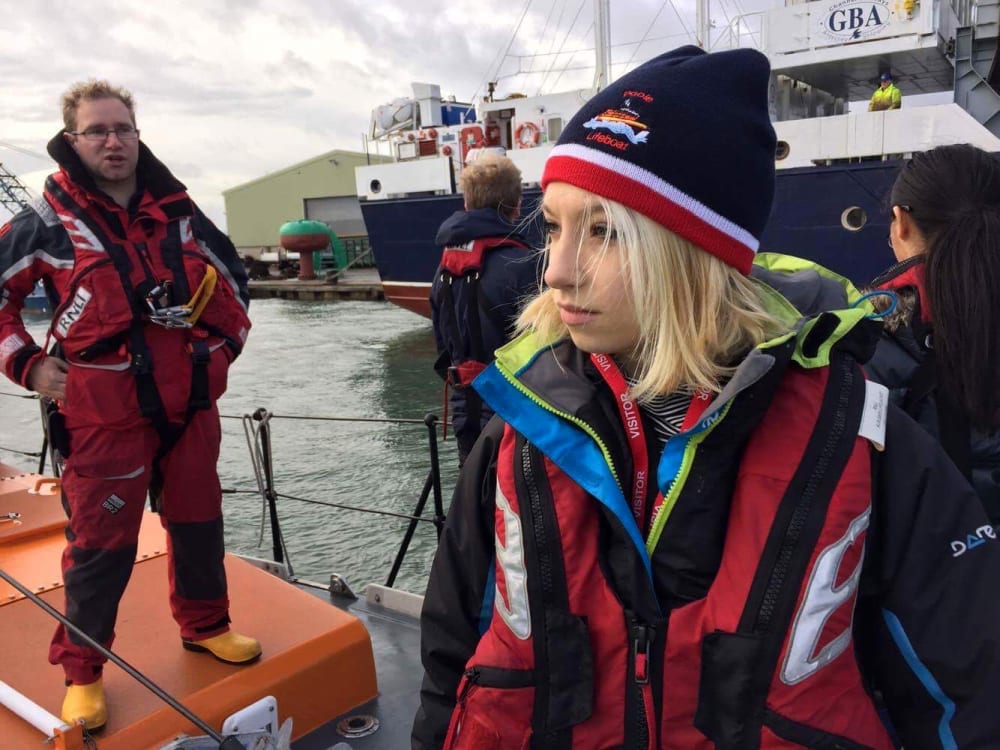
BA (Hons) Interior and Spatial Design, Camberwell College of Arts, UAL | Photograph: Madelaine Jane Dowd
Do you have any advice for students?
The best advice I can give to students is to be proactive in seeking out the opportunities that they think they are missing out on.
Whilst on the course I always made a point of talking to the visiting lecturers and tutors about how I can develop my practice. Take an interest in what others are doing, be inquisitive.
Be confident in what you know and honest about what you don’t. Something I am still working on, and constantly reminding myself about, is that it is ok to be wrong.
We can all too easily dive deep into a project or idea to then lose perspective or sight of what we are doing. Taking that step back to see that you are wrong can be hard. However, doing this will save you a lot of time and effort. Even a project that is a ‘failure’ is just another push in the right direction. Keep your head up!
Find out more about BA Interior and Spatial Design at Camberwell.
